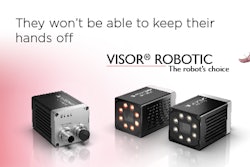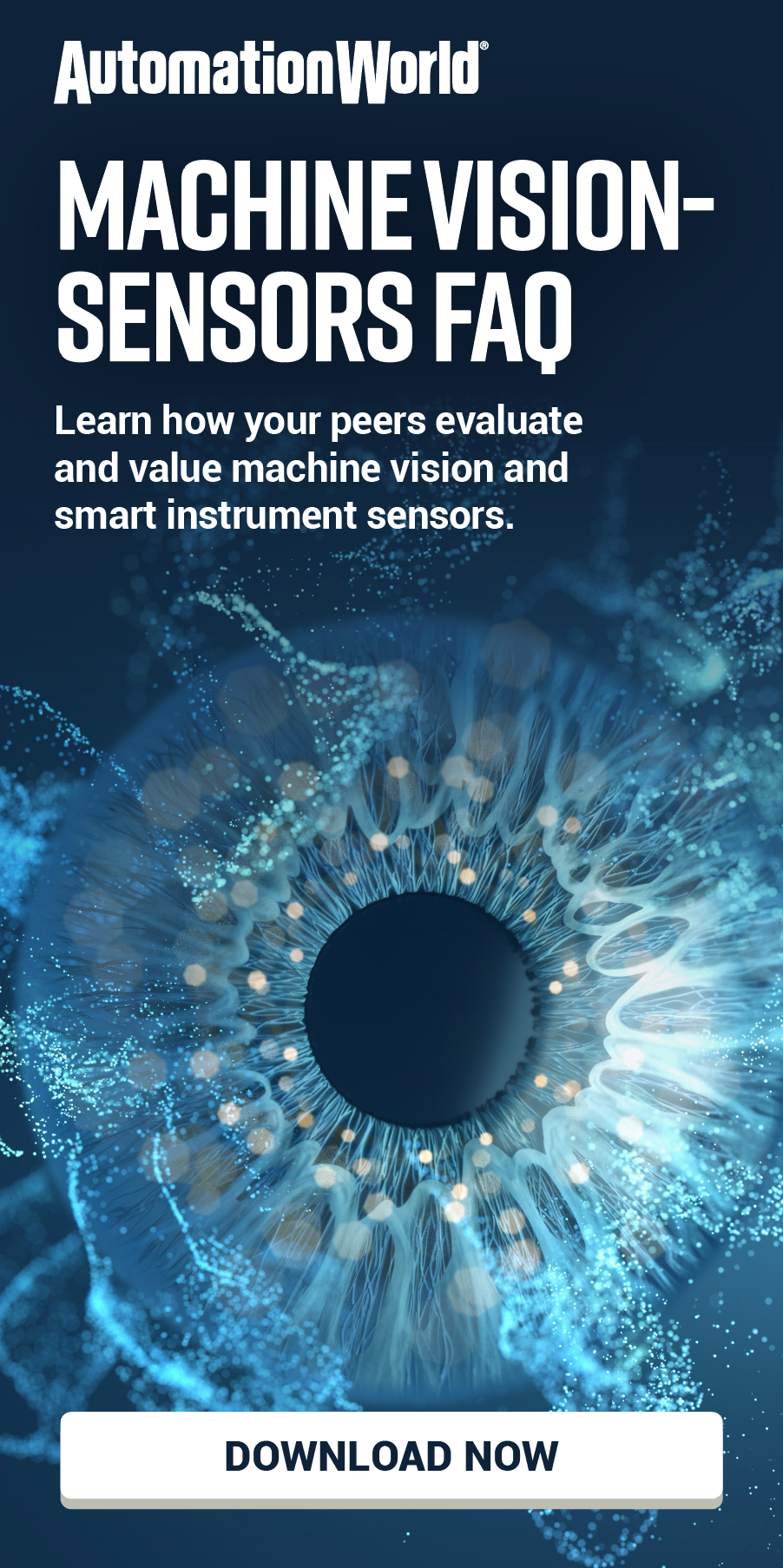
A company that does not automate its processes or systems becomes a dinosaur—irrelevant, obsolete, and slow. Automation is an imperative to compete. Engineering automation projects can have a critical impact on the careers of those who pioneer them within their company. Risk is part of the automation industry: when automation projects don’t go as planned, career prospects suffer for those involved. However, the risk to these pioneers’ careers is often an “elephant in the room” and isn’t discussed or mitigated during the project design process. Automation industry professionals who actively anticipate and address these risks will have a distinct advantage.
Fortunately, there are also professionals who can aid in de-risking the integration of new automation systems. The role of a system integrator is to provide comprehensive automation integration services including risk mitigation. This risk mitigation process shields those who pioneer automation projects internally from career risk by maximizing the probability of the project's success. People are the driving force behind ideas for advanced automation projects, so it is critical to protect these all-important champions of change.
Technology is evolving quickly, as are the jobs that humans perform. The dynamic nature of our world results in automation projects being impacted by a wide array of risks. An employee may be excited to pioneer an automation project within their company, but if they sense that
their career is at risk, they tend to not advance. Since project risks are inevitable, engineering
firms should address risks upfront with end users.
An automation industry professional considering taking on a new project will weigh personal career impact as the paramount consideration. In forthcoming publications, I will cover the top techniques to de-risk new automation projects. Among the techniques I will cover is
performing tests and simulations prior to final system design or build. This de-risking technique is particularly successful in assuaging concerns from partners and stakeholders by providing them with relevant information.
The elephant in the room is that truly transformative automation carries personal career risk to develop. Despite this undeniable risk, automation propels companies forward and lack of automation adoption is not viable long-term. Advancing from the idea stage to integration requires both individual champions that drive progress to invest and fiscal investment by the company. I will address this topic further in the September 5, 2022 publication.
If you are a change agent within your company and need help automating a manufacturing process, Symation may be able to help. Symation is a controls systems integrator with a modern facility in Northern California with assembly and clean room manufacturing areas. Symation has over 50 customers with the capacity to take on approximately 25 new projects per year. Symation cares about the people behind every project and that’s why Symation invests heavily in upfront project risk mitigation.
Symation designs, builds and installs automated robotic systems for manufacturing processes. Skills include control system design, software development, electromechanical design, fabrication and on-site start-up and support. Systems include inspection equipment, material handling, liquid dispensing, pick and place, sorting, packaging and fabrication, utilizing the following equipment in system designs:
- Controllers: Rockwell ControlLogix, Siemens S7, Simotion, Beckhoff, IFM, Automation Direct,
- Omron Delta Tau, and Linux embedded control.
- Robots: Fanuc, Universal Robotics, Denso, and Yaskawa.
- Motors: Rockwell, Siemens, Schneider, Animatics, and Moog.
- Vision Sensors: Keyence and Acuity lasers, Cognex and Teledyne cameras, and Stil Marposs
- 共焦光学传感器s.
- Software: PLC ladder and structured text, C#, Python, Java, TensorFlow machine learning,
- Ignition SCADA, and LabVIEW.
Mark Perlin is a vice president atSymation.Symation是一个积分器的成员Control System Integrators Association (CSIA).For more information about Symation, visit its profile on theIndustrial Automation Exchange.




















